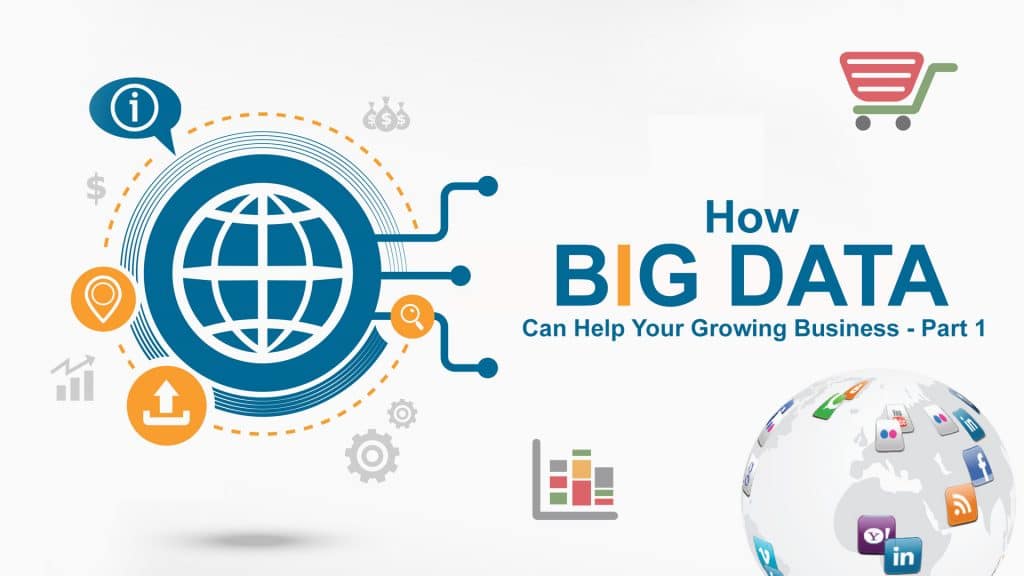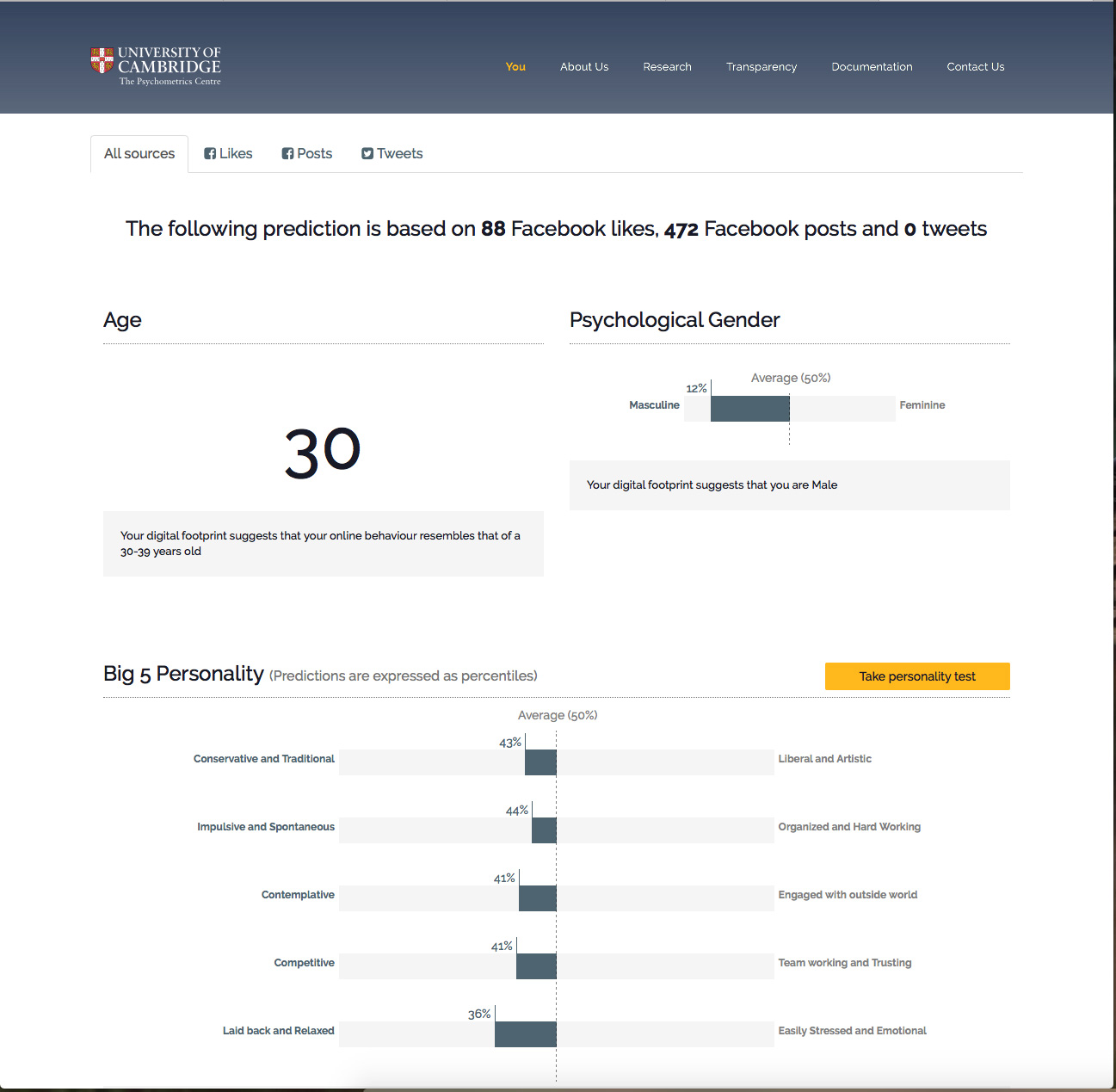How can we get a notch up, faster than others?
I completely relate to this…We business people keep thinking about it. When I am about to sleep at night, this is the question that I try answering most of the time:
“What could have I done better today?”
And I am sure I am not the only one in this league of ambitious and efficiency-seeking souls.
The right answers may not always come from: “What can be improved?” but also “What else is out there?”
Jump to Section
Attaining Help from Specialists
Organizations today are investing heavily into attaining help from specialists who can get them the right talent, give them future directions, handhold them to travel into unknown territories, and elevate revenue.
This is all very good and will give you great results if you are connected with the right people. However, there is another way which you can explore: hearing what your customers or prospects are saying, without actually saying it. This is where Big Data can help.
Big Data Is the Key to Success
People come to your websites, stores, offices, or any business place. With this, they are always producing information that can be used to improve conversion rates. Our businesses need processes to record this information and to analyze and act upon it. See, again my brain trained to only think sales is starting to do its thing :).
Information is getting created not only by people coming to a business place as a customer. It’s getting generated even by people working with you, your team, their connections, and their connection’s connections.
With today’s technology accessibility, we can start capturing this data and start using it to make everything better.
The Areas Where Big Data Can Be Very Effective:
- Pricing your products rightly, not necessarily always low, but just right
- Acquiring the right talent
- Finding the right prospects
- Filtering the right partners/vendors
Let’s talk about the most widespread use of data:
Big Data in Pricing Intelligence
The number of digital buyers worldwide is expected to grow at 2.07 billion by the year 2019. Morgan Stanely in its report titled, “India’s Digital Leap – The Multi-Trillion Dollar Opportunity” predicted that India’s eCommerce market will grow at a 30% compounded annual growth rate with a gross merchandise value of merchandise to be worth of $200 billion by 2026.
More and more people are stepping into online stores. How will you make your business count?
E-Commerce Is a Lifestyle
E-commerce has refined the lifestyle of millions by giving a unique shopping experience. The sales figures of Flipkart and Amazon in the recently concluded Diwali season will not let you believe in the slowdown story at all.
Flipkart is ahead of Amazon by more than 2,000 crores of sales during the recent festive season. Offline stores are also buying their goods from these giants to stock up on discounted goods and sell them at a market price later. This gives them a price benefit and cashes in on the festive season discounts. How did these online giants manage to make consumers spend in spite of negative stories on India’s economy that are doing rounds for more than a year and a half due to major economic events like demonetization and GST?
It’s all About How a Company Uses Its Data.
Flipkart and Amazon have managed to do this well even though this year Flipkart won the battle in the festive season sale. For eCommerce companies who wish to run the race and win, the one sole factor that becomes most important is the pricing of products or the pricing strategy. The price will, after all, determine the volumes and profitability of your business.
Data Mining and Data Analytics Are the Final Frontiers
To derive attractive prices, you’ll have to mindfully invest in data analytics and data mining. These are tools used by big eCommerce names to get deeper insights into their markets, consumer behavior, and trends that help them identify their objectives.
Data is the core and source of insights. As a company, you might be sitting on a gold mine of data but not knowing what to do with it. Data analysis and data visualization offers data-driven decision making and discover the hidden opportunities that consumer data can provide.
All Data Types Matter
Online consumer queries like search, clicks, and purchases are big sources of data for large enterprises. Amazon, for example, uses a cross surveillance strategy in its grocery services across the world.
This data can refine your price searching algorithms and also reflect changes in consumer demand. Uber, for example, uses this model for its price mechanism. Companies that can use cutting-edge technology will have the best opportunity to capitalize on the value of the consumer.
Data mining also helps you to maintain your online reputation in an efficient way. There are AI/ML models that cleverly interpret those comments and reviews posted by consumers. NLP (Natural Language Processing Technique) is a technique that understands the dynamics of users’ emotions and feedback.
Big Data Drives Innovation
Big data is the only contender in the next big wave of innovation. It’s a valuable commodity that companies need to mindfully engage in a march towards a growth trajectory.
In June 2017, by acquiring the Whole Foods Market, Amazon has acquired big data to play around with by bringing its online analytics into the offline world. It is likely to disrupt retail but also blends the online and offline experiences through data.
Competitive pricing plays a critical role in the eCommerce space. Cost efficiency and convenience are the two major drivers of the eCommerce industry. Your pricing strategy should be able to capture/convert the consumer in between this journey.
Pricing Is Decided by KPIs
The impact of pricing falls on the KPIs – conversion rates, website visitors, market share, and profit margin. Your pricing strategy should align with your brand objectives – industry rule.
Flipkart and Amazons have won their battles by leveraging data for various ways of improving inventory management to strengthening B2B relationships and increasing customer loyalty. Therefore, data analytics and data mining are important tools to invest in. Data is accessible to businesses irrespective of their sizes.
Data Is Crucial for Marketing Efforts
As a part of your marketing activities, you will need intelligent data from the market and competitors. This can be done by leveraging data mining services, price comparison data, and competitive pricing.
Pricing data can give you a deeper understanding of the market and competitors. Data will not directly increase your revenue. But, it will give you insights and inputs to do so. It will save you time and money by creating a lean operation, offering market intelligence, managing your retail inventory and even sales.
Data mining and data analytics are great tools to simplify customer churning, making marketing campaigns more result-oriented and catering to business objectives.
Pricing as a Competitive Advantage
When you want to use pricing as a competitive advantage, you must be able to track your competitor’s prices and monitor the market and trends.
Hence, pricing services are useful to fine-tune your marketing efforts. These services will not only enhance your productivity but also allow you to focus on analyzing the information that is enabling growth. With the right information, you can confidently respond to dynamic market situations with actionable insights. Using the pricing services, systems are built which can automatically respond (in a controlled fashion) to change in pricing from the competition.
Thus, you can stand in a position to create better conversion rates through competitive pricing.
Big Data Can Help You in Acquiring the Right Talent
Before I talk about how Big Data can help you with recruitment, let me first talk about the social signals that we can look for even without using any technical solution. This is what technology does as well, though using Big Data is much more efficient when you need to do it in bulk.
Social signals can help you find the right person for your organization:
When hiring for a senior position, what desirable traits does one looks for (apart from job-specific requirements):
- Socially well accepted;
- Stands for what he believes (is a very good sign of a good leader);
- Energetic, Self-motivated, and honest;
- Professionally recommended by and respected by his peers.
All the above can be observed in a candidate from their social signatures. Yes, it would need time, but getting this information and finding the person you need can give you a huge push forward. We know that a bad hiring could roughly mean spending 30% of what a good person will bring in an entire year (as per the US Department of Labor.)
How to know these social/professional traits for the candidates?
Let me try to answer this:
Some information from people from the same industry: A press release from CareerBuilder from June 2017 reveals that “70 percent of employers use social media to screen candidates, up from 11 percent in 2006″
Now it would need someone to look into the social profile (or this can be automated). But, looking at the following pointers can give you some valuable insight into what I am trying to say here:
- Has the person posted any photographs/content advocating the use of drugs or anything else which may be objectionable as per the job role?
- Can you locate any posts done by the person signaling racism, religious bias?
- This is very important: Is the person appreciating their current/previous employers? Who would not want a person in the team who can be your advocate?
- Is the person posting offensive material on Facebook? Is it acceptable for you?
- Has the candidate mentioned all his previous employers on professional networks like LinkedIn? If not, it may raise a concern for a few.
- You can more or less validate their qualifications on professional social media networks.
- Yeah, if the position you are hiring for needs a person with good communication, this should be an easy thing to verify 🙂
- Is the person too active on social media? From what I can imagine, this can only be good for a sales/marketing profile 🙂
The above pointers are very important, but you should not use isolated posts/actions to base your judgment, guide your team to look for repeated signals to give you more data points to make an informed decision.
If I try to summarise the use of the three major social platforms:
- Facebook – Look for activity related to posting about their industry, their employers and their jobs. Ignore their personal updates. Getting this insight and the person’s inclination will give you a good idea of their preferences and social behaviors.
Try not to make decisions based on single instances, rather look around a bit and see the sentiment of their posts overall. People talking positively will be a very good value add.
- LinkedIn – Hiring for top/middle management? LinkedIn can help you a lot. Look for people who are contributing in various industry-specific groups, forums and see how their activity is responded by other participants.
Forums and groups are places where you will be able to see a variety of managerial traits put into practice: Strength of belief, Clarity of expression and its acceptance, handling criticism, handling appreciation, appreciating inputs etc. You can get a wealth of insight on all this and more, as I said, social platforms are a great tool to “see” a person before you actually see them.
- Twitter – Twitter does say a lot about the person by analysing the tweets, again here too the same principles apply i.e. Have a balanced look at the way the ideas are expressed and how well the person is handling the inputs given by fellow members, this gives you valuable insight on the kind of person you are engaging with.
The data gives us a lot of insights, but we need people to correctly interpret these signals. So you need to first find the right person for this job, who can analyze all this information the way you intend to and get the best out of the this exercise.
AppyMagicSauce.com
AppyMagicSauce is a University of Cambridge project. The project utilizes the posts and likes on a social media profile and predicts psychological traits.
I tried using my own profile and the results were fairly accurate apart from the fact that it showed that my social media behavior resembles that of a 30 years old male 🙂
On a serious note, the predictions in the system were fairly close (we tried this system on a few more people in our office to have some data to base our recommendations on).
You can ask candidates to authenticate their accounts and share the report with the HR department, this will give additional information to the team to make a decision based on a better insight.
Part 2 will have details on:
- Finding the right prospects
- Filtering the right partners/vendors
- Business Intelligence Vs Data Analytics: What’s the Difference? - December 10, 2020
- Effective Ways Data Analytics Helps Improve Business Growth - July 28, 2020
- How the Automotive Industry is Benefitting From Web Scraping - July 23, 2020




